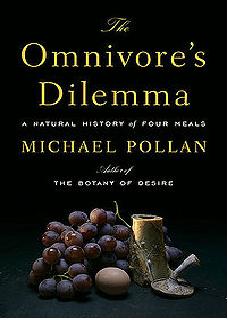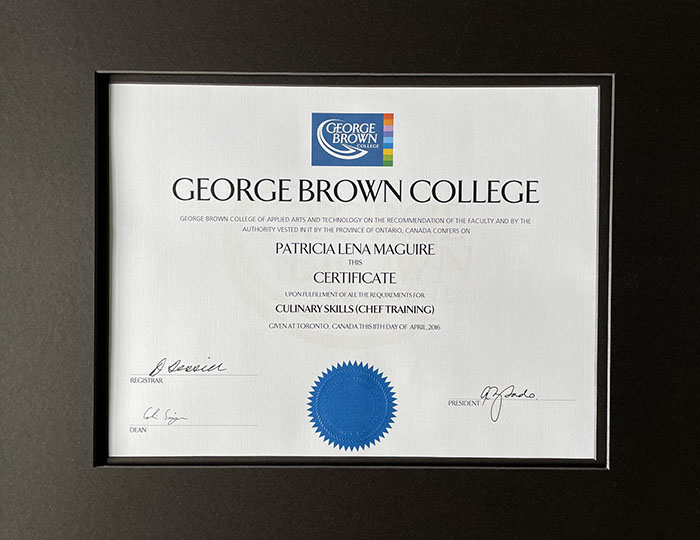- Home
- Books on Celiac Disease
- The Omnivore's Dilemma
The Omnivore's Dilemma
A Natural History of Four Meals
|
Author: Michael Pollan The Penguin Press, New York, 2008 |
I did not receive a free copy of this book and I was not asked to review it. It's here because I view it as a useful resource.
If you want to buy it, click the photo or the link to Amazon. I will earn a small commission, at no cost to you.
Review
The Omnivore's Dilemma:It’s hard to believe this book was published in 2008, yet so little has changed.
Well, maybe more has changed than we realize. There are rumblings. The industrial corn based food chain still controls most of what we eat, and it’s still unhealthy, and we still eat way too much of it, but there are rumblings.
Not specifically about gluten in any way, but a pure and poignant exposé on our food system and how corn came to take over the world. Those of us who have celiac disease or are gluten intolerant have come to think of wheat as the enemy and may be familiar with the over-production and over consumption of that grain, all of which is true; but corn has actually won the battle for dominance of the North American agricultural landscape and in the supermarket. And I’m beginning to find out that many people I speak with who have gluten issues are also sensitive to corn. Nora Gedgaudas, nutritional expert and author of Primal Body, Primal Mind stated in an expert panel on gluten sensitivity https://www.youtube.com/watch?v=m5ppuzNUzsc that about 50% of celiacs are also sensitive to corn!
In The Omnivore’s Dilemma, Pollan takes us through the gripping tale of how corn partnered with Agribusiness to take over the world. From the advent of chemical pesticides and fertilizers after the world wars to the politics of the 1960’s and 70’s and on to the marketing and manipulation that goes on today and skews our understanding of what is good for us and what will make us healthy.
Pollan approaches this from the perspective of four meals. The first, from the industrial corn base food chain is appropriately a fast food McDonald’s meal. The second is a meal from the organic food system which is beginning to become big business in its own way. When we get to the third and fourth meals, you can literally feel the pace slow down and the tension release. It truly is an exciting breath of fresh air to even read about producing, preparing and eating food in the way that nature intended. Meal number three is from Polyface Farm in Virginia’s Shenandoah Valley. This is the complete opposite of the industrial production facilities in the previous chapters. It’s pastoral, beautiful and the animals are treated like animals and are fed diets appropriate to their species. The result is a nutritious meal, free of chemicals and antibiotics and great tasting. Meal number four is closer to the hunter, gatherer meal. Pollan takes us through dilemmas of conscience when it comes to hunting and killing your own meat. This is the true meaning of getting close to where your food comes from. When we see our meat all sliced and deboned on trays in the supermarket, there is nothing to suggest that was ever an animal, yet we are no less responsible for its’ death…and it’s miserable life. Perhaps if we looked the animal in the eye and actually pulled the trigger once in a while, we would have more respect for the food we eat.
The rumblings I was speaking of early. I think they may be the rumblings of change. People are slowly waking up. We’re rubbing our weary tired eyes, stretching our diseased and swollen bellies and realizing that the sorry state of our health may have its roots in a corn field. More people are seeking alternatives. More are buying organic. More are looking directly to farmers and reputable butchers for quality grass fed beef and other animal product that are raised how they should be. And this book, along with the movie “Food Inc.” produced in 2008 may have been the fuel behind the fire of change.
Let’s hope so.
Home > Gluten-Free Lifestyle > Reading and Resources > The Omnivore's Dilemma














